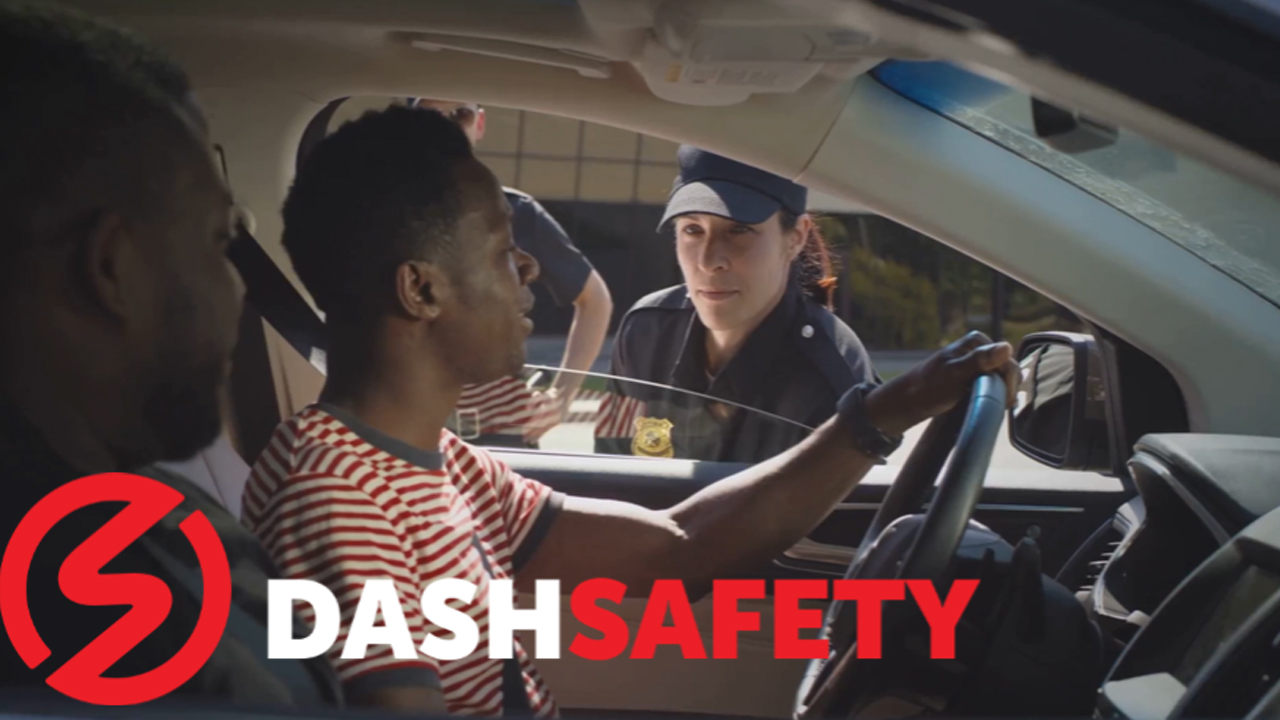

• The best method to help your family in an emergency
Respond to Family Emergencies using Live Real Time video/audio and GPS Location
• Have the ability to Respond with the ultimate Situational Awareness
• Stop Harassment
• Assaults
• Threats and Stalking
• Create Evidence
• End Domestic Violence
• Stay Connected – Stay Protected
• Start an Alert Anytime
• Meeting clients or showing real estate
• Easy to Use
• Stay Connected with Seniors
• See your loved ones in Real Time
• Responders from Family, Friends and Faith based Community
• Stop Senior Care Abuse
• Record Abuse with a DS-Case File
• Make Dash Safety the Center of your Natural Disaster Plan
• Instantly locate Family, Friends and Neighbors in need
• Execute a Rescue with GPS location and live Video/Audio
• Record Every Traffic Stop in the Cloud
• Secure your Civil Rights
• Let the Officers know you are peaceful & respectful
• When you are disrespected by an Officer – Rate the Officer
• Everyone deserves to be safe during a traffic stop both Officers & Citizens


• Protect Yourself by creating a Case File in the Cloud at the accident scene with the touch of a button
• Record Vehicle Damage, Witness Statements and medical injuries
• Connect with your attorney for critical legal counsel during your accident
• Drug Trafficking
• Human Trafficking
• Violence
• Racisim
• Bullying
• Gang Activity
• Theft
• Child Abuse
• Suspicious Acts
• Terrorism

• Locate the Nearest Safe Place
• Hospitals, Police Dept, Hotels, Embassy’s
• Businesses, Municipalities, Faith and Care Centers can register as a safe place with Dash Safety
| Features |
Dash Safety
|
Life360
|
Noon Light
|
|---|---|---|---|
|
Fastest Alert Activation
Multiple Options to Activate
|
|||
|
Streaming Real Time Video
Family and Friends View Live
|
|||
|
Immediate GPS Locations
Includes Directions to Find Family
|
|||
|
Data
Cloud Storage (Safer than Phone Storage)
|
|||
|
Emergency Group Alerts
Alert multiple contacts with live Video/Audio/GPS
|
|||
|
Emergency Group Alerts
Alerts multiple contacts with live Video/Audio/GPS
|
|||
|
Mobile Evidence Gathering
See Something
|
|||
|
Faster than Third-Party Dispatch
DashSafety Does not Delay Emergencies with Third Party
Dispatch
|
|||
|
Watch Alert Video Any Time
Watch the "DS-Case File" Any Time
|
|||
|
Requires Safe Pass-code Alert Stop
All video/audio/GPS remains active until you enter your
personal passcode.
|
|||
|
Senior Emergency Activation
Yes - easy one-tap alerts for seniors to connect to
Family/Friends in their time of need.
|
|||
|
Monthly Price
Price per Month
|
$3.99 per month for Family of 3 w/ Unlimited Responders | $7.99 to $24.99 | $5.00 to $10.00 |